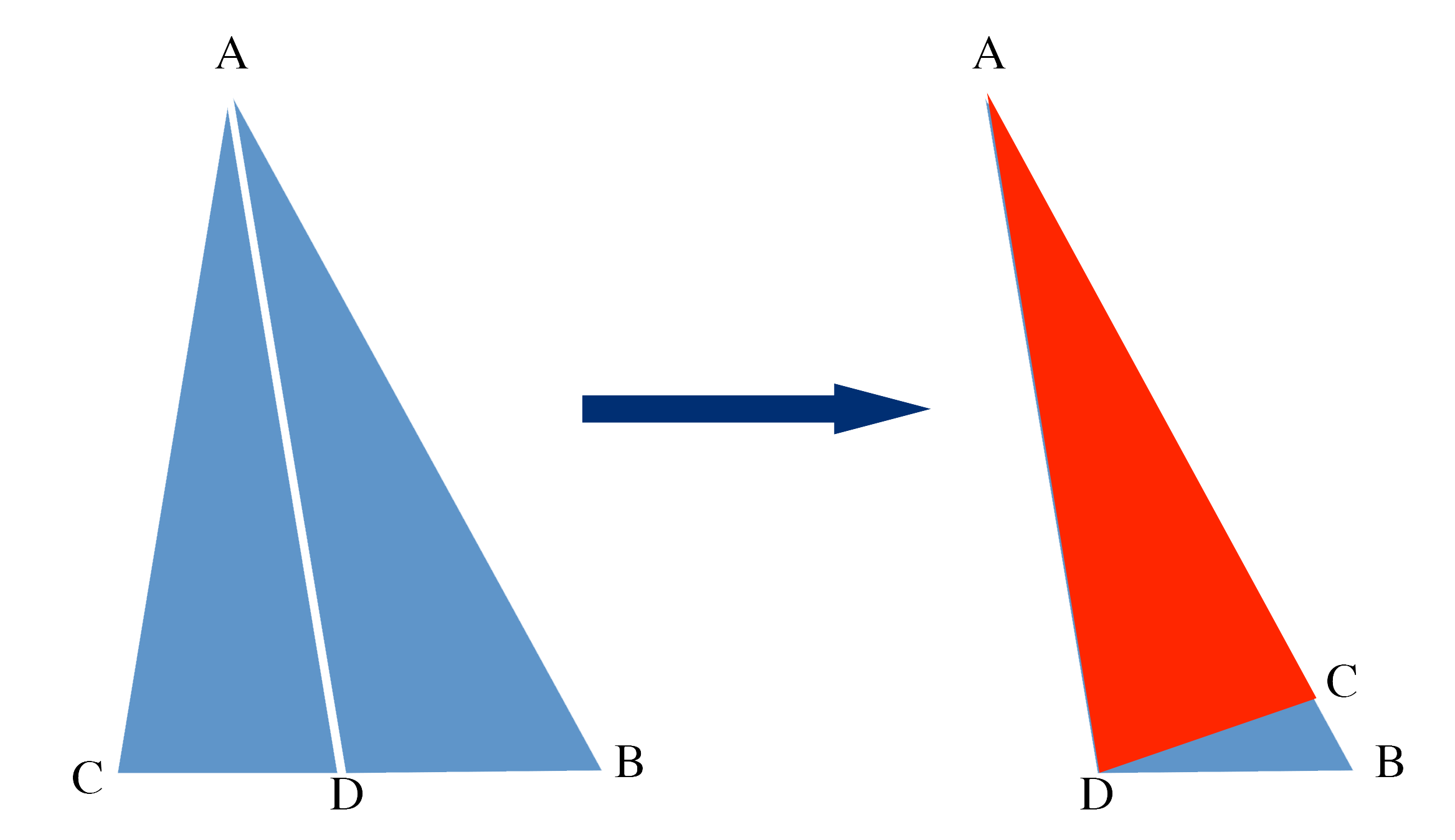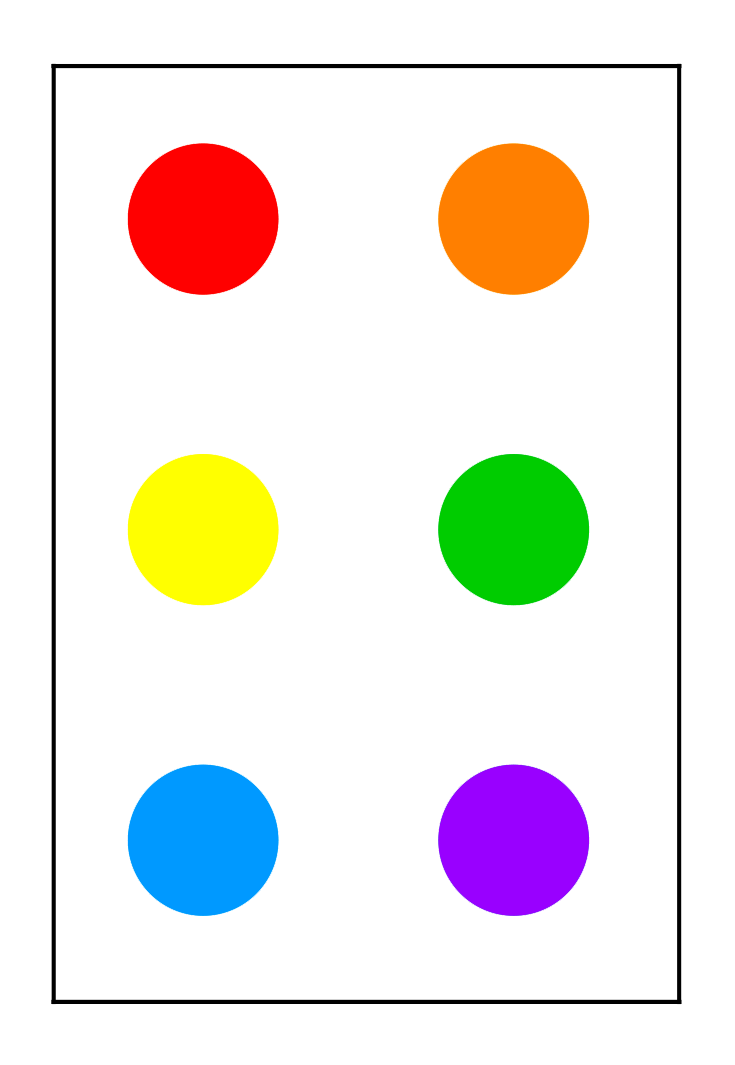2015 Qualifying Quiz
You may also be interested in the printable (PDF) format or the LaTeX source code.
An improper fraction p⁄q (with p > q) is written on a chalkboard. A Mathcamper walks by, sees it, and decides to convert it to a mixed fraction, n r⁄q. She then erases the original.
The next day, another Mathcamper walks by, sees n r⁄q written on the board, and decides that it's a multiplication problem; he evaluates the product, writes it on the board as nr⁄q, and erases the original. Note that if nr ≥ q then we once again have an improper fraction.
This misunderstanding keeps repeating, until the result is either an integer or a proper fraction. (After that, everyone walking by leaves it alone.) For example, the sequence might be:
85⁄6 → 14 1⁄6 → 14⁄6 → 2 2⁄6 → 4⁄6 → END. - In the example above, we ended up with a fraction that is not in lowest terms. Now suppose each person reduces his or her fraction to lowest terms before writing it down. Can this affect the final result (if not in our example, then perhaps in a different one)?
-
Suppose the original improper fraction was n⁄2, with n odd. Find, with proof, all values of n for which the final result will be a proper fraction (not an integer).
Note: whatever condition you come up with, you obviously need to show that, if you start with n⁄2 satisfying this condition, you will end up with a proper fraction. But you also need to show that you are not missing anything. In other words, you will need to prove that, for any fraction n⁄2 not satisfying your condition, you will end up with an integer.
- Prove that, for any denominator q ≥ 2, there are infinitely many rational numbers p⁄q for which the process ends with a proper fraction.
- (EXTRA) If you feel like playing with this set-up some more and seeing what other results you can derive, please send us anything interesting that you come up with!
- Given a triangle ABC, we can "fold it in half" to get a new triangle: pick a vertex, e.g. A, and fold so that segments AB and AC line up. The same can be done from vertex B and vertex C, so there are three different ways to fold a triangle in half (Figure 1).

Figure 1: AD is the angle bisector at ∠ BAC. If we fold Δ ABC at vertex A, we obtain Δ ABD.
- If the angles at vertices A, B and C are α, β, and γ respectively, with α ≤ β ≤ γ, what are the angles of the three possible triangles that can be obtained by folding ABC in half?
- You can fold a 45-45-90 triangle at the right angle to obtain another 45-45-90 triangle. Describe all triangles that can be folded in half to get a similar triangle.
- You can fold a 30-60-90 triangle to obtain a 30-30-120 triangle, then fold it again to get another 30-60-90 triangle. Describe all triangles that can be folded in half twice to get a similar triangle.
- Prove that no matter how many times you fold a 40-60-80 triangle, you can never get another 40-60-80 triangle.
For a positive integer n, let Pn be the product of all the positive integer divisors of n (including n itself). For example, if n = 10, then Pn = 100, because 1 ⋅ 2 ⋅ 5 ⋅ 10 = 100. Suppose I'm thinking of an integer n, but I only tell you Pn. Does this always give you enough information to figure out what n is? If so, prove it. If not, find a counterexample: a pair of integers m and k such that Pm = Pk.
You might find this background reading useful: Number of Factors of an Integer at Cut-The-Knot.
In King Alfonso's royal court, all nobles are either friends or enemies, following the principle "The enemy of my enemy is my friend". (That is, two nobles that share an enemy must be friends, though they can still be friends even if they don't share an enemy.)
For the upcoming royal tennis tournament, the king wants to split up the nobles into pairs of friends. Obviously, if there is an odd number of nobles, pairing them up is impossible. Also, if one noble has no friends at all, then no friendly pairing can be found. But are these the only problems that stand in King Alfonso's way?
- Give an example of a friend/enemy network with an even number of nobles, in which each noble has at least one friend, yet the king still can't pair up the nobles in a friendly pairing.
- Describe all friend/enemy networks for an even number of nobles in which the king cannot pair up the nobles into friendly pairs. (Whatever conditions you come up with, don't forget to prove that for all friend/enemy networks that don't satisfy your conditions, a friendly pairing does exist.)
The game of ProSet is played with a deck of 63 cards. One of the cards has six dots of six different colors:

Each of the other cards has some of the dots but is missing others. All the cards are different and each card has at least one dot.

A proset is a set of cards that together contain an even number of dots of each color. For instance, the four cards shown above form a proset.
- Prove that the entire ProSet deck is itself a proset (i.e. the total number of dots of each color is even).
To play the game, players lay seven cards on the table and compete to see who will be the first to find a proset. Here's an app to help you get a sense of the game. (You don't need the app to solve the problem – this is just for fun. You can also buy a physical copy of the game at www.zerosumz.com.)
- Prove that any set of seven cards is guaranteed to contain a proset.
- For n < 7, what is the probability that a random set of n cards contains a proset?
- Now suppose you play a different version of the game, in which you are only looking for prosets that have exactly three cards. Find, with proof, the smallest n such that any set of n cards is guaranteed to contain a three-card proset.
-
King Alfonso devises a game to test the intelligence of his royal advisor, Angela. Alfonso tells Angela to gather n of her friends, each of whom will receive a black or white hat. Each friend will be able to see the color of everyone else's hat, but not his or her own. The friends will then be asked to stand in a circle and guess their own hat colors by whispering them to the King. (The King decides the order in which they stand, and they do not hear each other's guesses.) If k out of the n players guess correctly, Alfonso will give Angela and her friends k bags of gold (to divide among themselves as they choose).
Once the rules of the game are announced, the friends are not allowed to talk to each other, so they cannot devise a strategy. Angela (who is not one of the players) must devise a strategy for them: she must write them a letter that will be read aloud by the King. The letter may not give different instructions to different people; it must tell everyone the same thing, such as "Guess the color you see more of; if there's a tie, guess black" or "If the hat to you left is the same as hat to your right, guess black; otherwise, guess white." You may assume that Angela's friends always follow her instructions correctly. Note that after reading the letter, King Alfonso knows Angela's instructions to the players and can choose a hat color combination to exploit any weak points in her strategy.
CLARIFICATION ON PROBLEM 6: Angela's strategy for the player's must be deterministic; in other words, it cannot include instructions like "guess randomly". We were hoping that this was clear from context, since otherwise the statements in parts (a) and (c) would be clearly false. (E.g. in (c), if players are allowed to guess randomly, then Alfonso obviously cannot guarantee that at least one player will guess incorrectly.) However, we have received enough questions about this issue that we thought it was worth clarifying.
- Prove that if n = 2, Alfonso is not forced to give out any gold, regardless of Angela's strategy.
- Prove that for n > 2, Angela can always force Alfonso to give out at least one bag of gold. In other words, Angela can devise a strategy in which at least one player is guaranteed to guess correctly, no matter what assignment of hats Alfonso chooses.
- Find and prove an upper bound on the number of bags of gold that Alfonso can be forced to give out. For example, you might suspect that n - 1 is an upper bound; in other words, no matter what strategy Angela adopts, Alfonso can always find an arrangement of hats for which at least one player will guess incorrectly. Either prove this bound or find a smaller one.
- If n = 2k, find a strategy that always forces Alfonso to give out at least 2k-1 - 1 bags of gold.
- (EXTRA) If n = 9, is there a strategy that always forces Alfonso to give out at least 4 bags of gold? (We don't know the answer to this question, but maybe you can figure it out.)
- (EXTRA) Can you come up with any other interesting results about this game?
Problem #3 is due to Drake Thomas, MC '14; all other problems were written by the Mathcamp staff.





